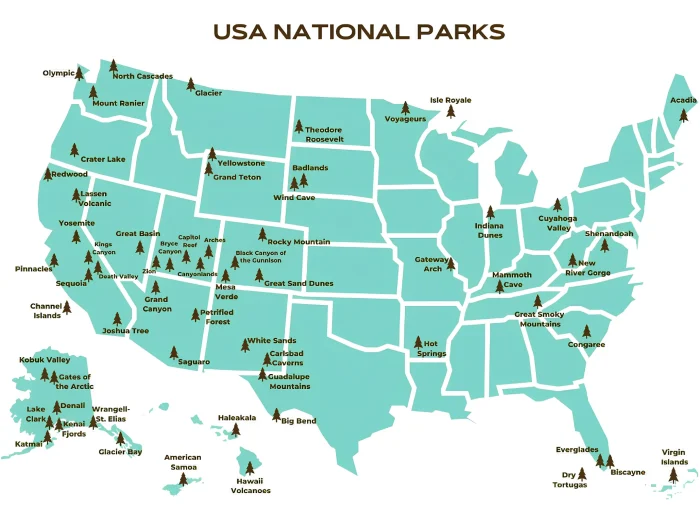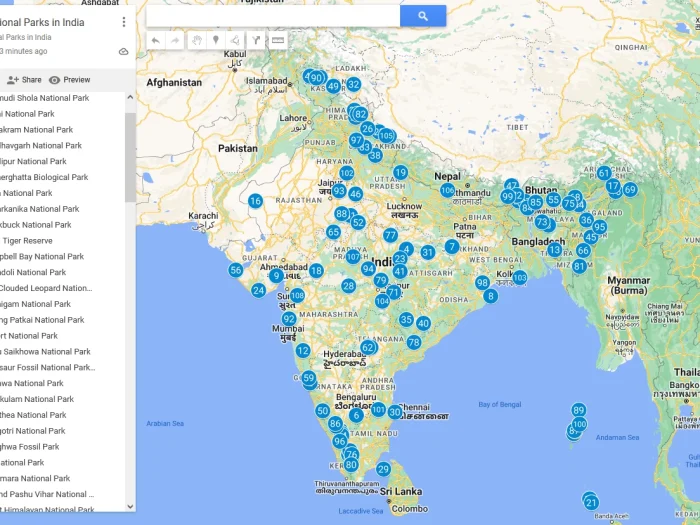Best Things to Do in Dry Tortugas National Park
Floating like a mirage in the turquoise expanse of the Gulf of Mexico, nearly 70 miles west of Key West, lies one of America’s most remote and breathtaking treasures: Dry Tortugas National Park. This 100-square-mile park is mostly open water, dotted with seven small, sandy keys. It’s a place where history, nature, and sheer tropical beauty converge, offering an experience unlike any other in the National Park System. Getting there is an adventure in itself, but the rewards are immeasurable. From a colossal 19th-century fort to vibrant coral reefs, here are the best things to do in Dry Tortugas National Park.
1. Explore the Majestic Fort Jefferson

The centerpiece of the park and the undisputed main attraction is the magnificent Fort Jefferson. This massive coastal fortress, located on Garden Key, is the largest brick masonry structure in the Americas, composed of over 16 million bricks. Construction began in 1846 but was never fully completed.
Walking through its cavernous archways and along its hexagonal walls feels like stepping back in time. You can take a guided tour to learn about its history as a military outpost, a Civil War prison (its most famous inmate was Dr. Samuel Mudd, who treated John Wilkes Booth), and its strategic importance. Don’t miss the walk along the top level of the fort, which offers jaw-dropping panoramic views of the surrounding sapphire and emerald waters.
2. Snorkel in a Living Aquarium
The waters of Dry Tortugas are legendary for their clarity and teeming marine life. The park protects the westernmost coral reefs of the Florida Keys, making it a world-class snorkeling destination. Simply grab your mask and fins (rentals are available on the ferry, or bring your own) and walk in from the pristine white sand beaches of Garden Key.
The designated snorkeling areas around the fort’s moat wall are perfect for beginners and are filled with colorful reef fish, corals, and sponges. You might spot parrotfish, angelfish, snappers, and even the occasional graceful sea turtle or gentle nurse shark. The protected, calm waters make it an ideal spot for the whole family.
3. Go Birdwatching in a Migratory Hotspot
Dry Tortugas is a birdwatcher’s paradise. Due to its remote location, the park serves as a critical stopover point for thousands of migratory birds crossing the Gulf of Mexico. The spring migration, particularly in April and early May, is a spectacular event, with nearly 300 different species recorded here.
The park is also home to the only significant nesting colony of Sooty Terns in the United States, located on Bush Key. From February to September, the sky fills with the calls of tens of thousands of these birds. Bush Key is closed during the nesting season to protect them, but you can observe the incredible colony from Fort Jefferson with binoculars.
4. Swim and Sunbathe on Secluded Beaches
If your idea of paradise involves soft white sand and crystal-clear, warm water, the beaches of Dry Tortugas will not disappoint. The park’s beaches are pristine and uncrowded. The two main swimming areas on Garden Key, North Swim Beach and South Swim Beach, offer calm, shallow waters perfect for a relaxing dip after exploring the fort. Pack a picnic, lay down a towel, and simply soak in the serene beauty of your remote island getaway.
5. Kayak the Shimmering Waters
For a different perspective of the islands, bring your own kayak (transport must be arranged with the ferry or seaplane operator) and paddle the tranquil waters. Kayaking allows you to explore the park’s more remote areas. A popular route is the 3-mile paddle from Garden Key to Loggerhead Key, the largest island in the park. This journey offers a true sense of solitude and rewards you with views of the historic Loggerhead Lighthouse and some of the best snorkeling spots in the park. Be sure to check weather conditions, as open-water paddling can be challenging.
6. Experience Primitive Camping Under the Stars
For the ultimate immersive experience, consider camping overnight. The primitive campground on Garden Key offers a limited number of sites and is one of the most unique camping experiences in the country. After the day-trippers on the ferry and seaplane depart, you’ll have the island almost to yourself. The sunsets are spectacular, and the stargazing is simply otherworldly. With no light pollution, the Milky Way blazes across the night sky in a way you’ll never forget. Reservations are essential and must be made well in advance.
Planning Your Trip to Dry Tortugas
How to Get There:
- Ferry: The Yankee Freedom III is the official ferry service, offering a full-day excursion from Key West that includes breakfast, lunch, snorkeling gear, and a guided tour of Fort Jefferson.
- Seaplane: For a quicker trip and breathtaking aerial views, Key West Seaplane Adventures offers half-day and full-day trips.
Best Time to Visit Dry Tortugas National Park:
The best weather is typically from November to April, with calmer seas and lower humidity. The spring migration (April-May) is prime time for birdwatchers. The summer months are hotter and more humid, with a higher chance of storms.
What to Pack: The park is remote with no services. Bring everything you need: water, snacks, sunscreen, a hat, sunglasses, a camera, a swimsuit, a towel, and any snorkeling gear you prefer. Campers must pack in all food, water, and supplies.
A visit to Dry Tortugas National Park is more than just a day trip; it’s an expedition to a rare and beautiful corner of the world, a perfect blend of history and nature that promises memories to last a lifetime.






